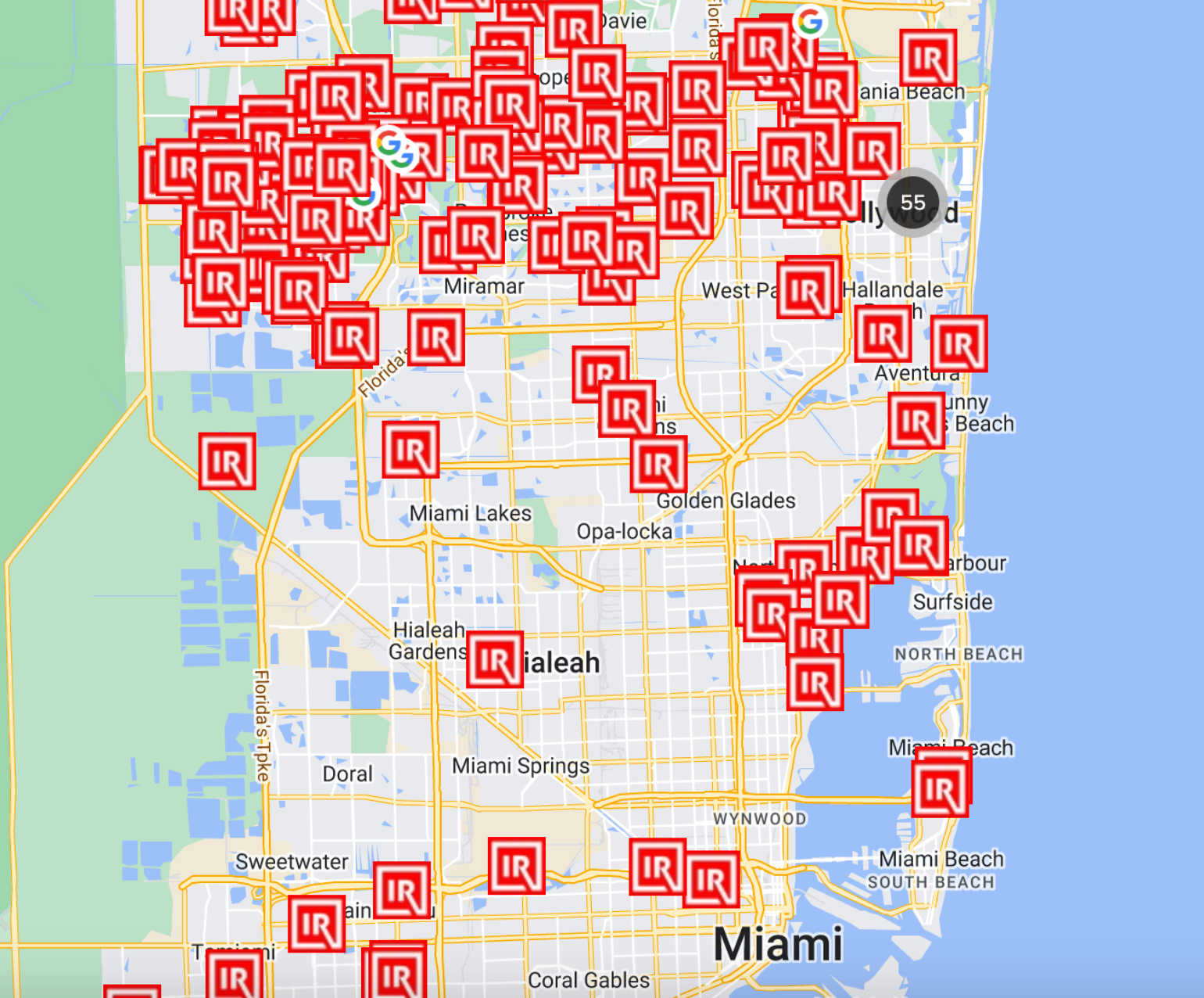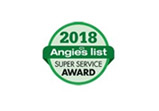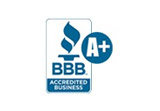Imagine waking up to the soothing sound of raindrops on your roof, only to find water stains creeping down your walls. A sturdy, reliable roof is your home’s first line of defense against the elements, but even the best roofs don’t last forever.
Replacing your roof at the right time can save you money, prevent further damage, and ensure your home remains a safe haven for years to come. Read on as we answer your question: “When should you replace your roof?” Here are the key signs indicating it’s time for a roof replacement and some roofing expert advice on timing your roof replacement perfectly.
When Should You Replace Your Roof?
Repairing your roof is a temporary solution to your issues. The best way to ensure that roofing issues won’t appear again is by replacing your roof. So, here are a few key signs to look for when considering to replace the roof:
1. It Exceeds Its Expected Lifespan
Like all structures, roofs have a limited lifespan, and knowing your roof’s age is crucial to avoid costly repairs. Here’s a rundown of the lifespan of different roofing materials:
Wood: Generally lasts around 25 to 30 years, but needs regular maintenance to prevent rot and pest damage.
Asphalt: Typically lasts 25 to 50 years. This common roofing material is affordable but tends to degrade faster in harsh weather conditions.
Metal: Can last 40 to 80 years, depending on the type of metal and the quality of the installation.
Tiles: Known for their durability, tile roofs can last 50 to 100 years but can be prone to cracking under extreme weather conditions.
Clay: With a lifespan of 50 to 100 years, this roofing material is the most versatile and affordable.
Slate: One of the longest-lasting options, with a lifespan of 60 to 175 years, but they are also the most expensive and heaviest roofing material.
Even if your roof looks intact from the ground, the materials may cause some troubling issues in the future. This includes damage to the attic insulation, decking, drywall, or other interior building materials.
2. Water Damage
If you find any water stains or discoloration on your ceilings and walls, this means your roof is no longer doing its job. Such stains can lead to peeling paint or wallpaper since moisture can weaken their adhesive properties.
Persistent musty odors or visible mold growth are also signs of water intruding from your roof. Mold can thrive in damp environments created by roof leaks, posing health risks and further damaging your home’s structure.
If you need help with leak detection, call up your experts at Innovative Roofing. Prolonged water exposure can weaken your roof’s structure, leading to wood rot and potential collapse. It can also result in respiratory issues and other health problems due to mold and mildew growth.
3. Increased Energy Bills
This is a subtle but critical indicator that it may be time to replace your roof. A well-maintained roof plays a crucial role in regulating your home’s temperature.
Insulation, often located underneath the roof, acts as a barrier to heat transfer. Over time, insulation can degrade, becoming less effective and forcing your HVAC system to work harder, adding to your energy costs.
Also, since your attic will have less ventilation, your attic may overheat in the summer and retail in the winter. This leads to higher energy bills and shortens the lifespan of your roof due to thermal stress on the roofing materials.
4. Missing and Cracking Shingles
Shingles are designed to protect the underlying layers of your roof from water, wind, and sunlight. They act as a barrier, preventing moisture and other elements from seeping into the roof structure and causing damage.
When a shingle is missing, this can lead to issues like water damage, increased energy costs, and further shingle loss. On the other hand, if they are cracked, this means they are too old or were secured the wrong way.
To find out if your shingles are shedding or missing, look for bald patches and check your gutters for any sand-like grains.
5. Damaged Flashing
Flashing is typically made from thin pieces of impervious material like aluminum or galvanized steel. This is strategically placed to prevent water from entering critical areas of the roof, such as chimneys, vents, and skylights.
If the flashing is deteriorating, it often means that the roof itself is nearing the end of its lifespan. Replacing the roof ensures that new, effective flashing is installed, providing a watertight seal and protecting your home from future water damage.
6. Sagging Roof
If you notice visible dips or curves in the roofline when viewed from a distance, this is a clear sign of sagging. You should also pay close attention to your doors and windows. Shifts in the roof structure can cause these to stick or become difficult to open and close.
Timing Tips for Roof Replacement
The best time to replace a roof is during mild weather conditions, like in the fall or spring. These seasons offer stable temperatures and lower chances of extreme weather, allowing experts to work more efficiently and ensuring materials adhere properly.
It’s also best to plan your budget carefully for roof replacement. Be sure to estimate the total costs, including materials and labor. Set aside a contingency for unexpected expenses to prevent delays and ensure that the project runs smoothly.
Getting regular inspections, ideally twice a year or after major weather events, is also a must. This proactive approach allows for timely repairs or replacements before minor issues escalate into major problems.
Work With Innovative Roofing for Replacements
So, now you know the answer to the question: when should you replace your roof? Deciding when to replace your roof is a crucial step in safeguarding your home and ensuring its longevity. However, navigating the timing and complexities of a roof replacement can be overwhelming.
This is where Innovative Roofing steps in. As a leader in the roofing industry, we offer expert assessment, high-quality materials, and skilled craftsmanship to make sure your new roof stands the test of time.
If you’re ready to take the next step in securing your home, contact us today. Let our expertise guide you through the process and gain roof care guidelines, giving you peace of mind and a roof that will protect your home for years to come.
















